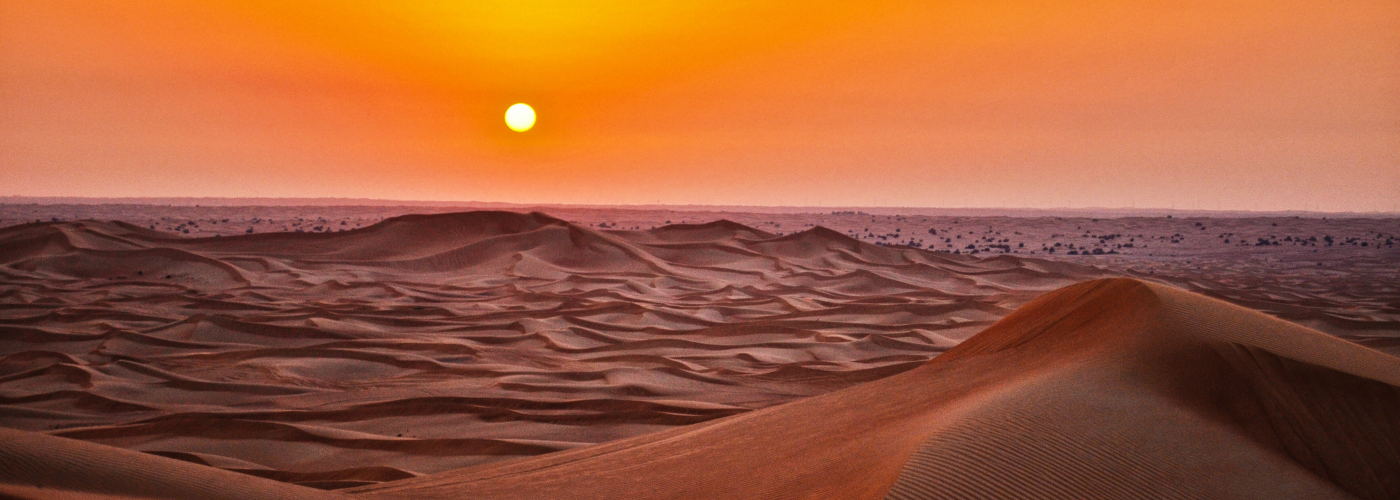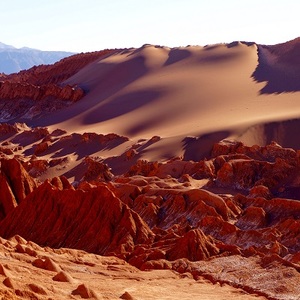

When thinking about the driest places on Earth, the major deserts of the world come to mind. The accepted definition of a desert is any area that receives less than 10 inches of rain annually. Deserts aren’t always the sandy landscapes populated with patches of Cacti. In fact, the largest deserts in the world are actually located in polar regions. The prize for the largest desert goes to the Antarctic continent. However, the driest desert region on Earth is found in the Atacama Desert. This region in northern Chile is widely known as the driest location on Earth.
The Atacama Desert is located on a plateau region that lies between two mountain ranges. To the west lies the Chilean coastal range, while the Andes Mountains are positioned to the east. These mountain ranges on either side of the plateau produce an amplified rain shadow effect. These mountain ranges wring out most or all of the moisture from any systems that move into the Atacama Desert region. A semi-permanent high pressure system, called the South Pacific High, resides near the area most of the year, further contributing to its extremely arid climate. Most of the region averages 0.6 inches of rain or less annually. It is theorized that portions of the region may have not seen rain for centuries. Another fun fact about this impressively dry desert is that it is likely also the oldest desert in the world. Geologists theorize that it is between 10-15 million years old!
The driest portions of the desert are so dry that no vegetation of any sort can be sustained. Even bacteria that are typically found under rocks and stones are unable to survive in this harsh environment. Scientists have compared the dryness of the climate to that of the planet Mars. Even though Mars is drier than the Atacama Desert, scientists believe if they can find some life in the driest parts of the desert, it may support the theory that there is life of some sort on the red planet. Scientists have also used Antarctica as a real world laboratory in testing the bounds of life, amidst the combination of the extremely dry and cold climate that resides in portions of the South Pole.
